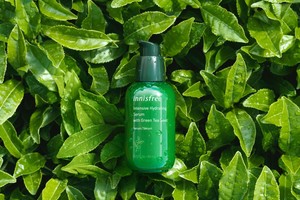The choice of Dakar to present the CHANEL 2022/23 Métiers d'art collection on December 6th, 2022,
is the result of meetings three years ago with friends of the House who have lived there,
who are carrying out artistic projects there, who are planning to do so, or who are simply interested in its creative effervescence.
Dakar is an influential artistic capital on the international scene, especially in all the fields that are dear to us such as fashion, cinema, dance, literature, contemporary art, and music.
Going to Dakar means engaging in a dialogue with the country that welcomes us. The honour bestowed upon us must go hand in hand with concrete actions in terms of creative dialogue, transmission of know-how and sustainable development.
More than a fashion show, this event will be part of a three-day programme, on December 5th, 6th and 7th, 2022. It will be designed for guests, whether they are artists, designers, personalities from the world of culture, students, lovers of art and crafts, journalists or fashion editors, mainly from Dakar and Senegal.
In order to pay tribute to this artistic stronghold, it seems essential to us to have a long-term approach. The choice of venue for the show is part of this goal: in our own way, we will contribute to the renovation of the former Palais de Justice.
In January 2023, la Galerie du 19M will come to Dakar for several months to launch, with the support of IFAN (Institut fondamental d’Afrique noire), exchanges and creative dialogues with Senegalese personalities, celebrating the richness and diversity of the embroidery and weaving trades in a programme that is free and open to all. The aim of this programme is to promote the transmission of know-how and to encourage vocations among the general public, schoolchildren, students, families and craft lovers. Between contemporary creation and traditional know-how, the new collaborations will be exhibited in a second time in la Galerie du 19M, Porte d'Aubervilliers, in the Greater Paris area.
These projects will only be truly meaningful if there is also a longer-term contribution to society and the local environment beyond the show. To ensure this is the case, CHANEL intends to create a positive lasting impact by co-developing and supporting several entrepreneurial initiatives with Senegalese organisations and experts. These will focus on the key areas of transmission of savoir-faire, responsible and regenerative agricultural practices for raw materials and circularity.
In all its dimensions, this event, which we invite you to join, is the starting point of an ongoing exchange between CHANEL and Senegal.
#CHANELMetiersdArt
Images by Malick Bodian with Ibrahim Kamara
Copyright CHANEL




















